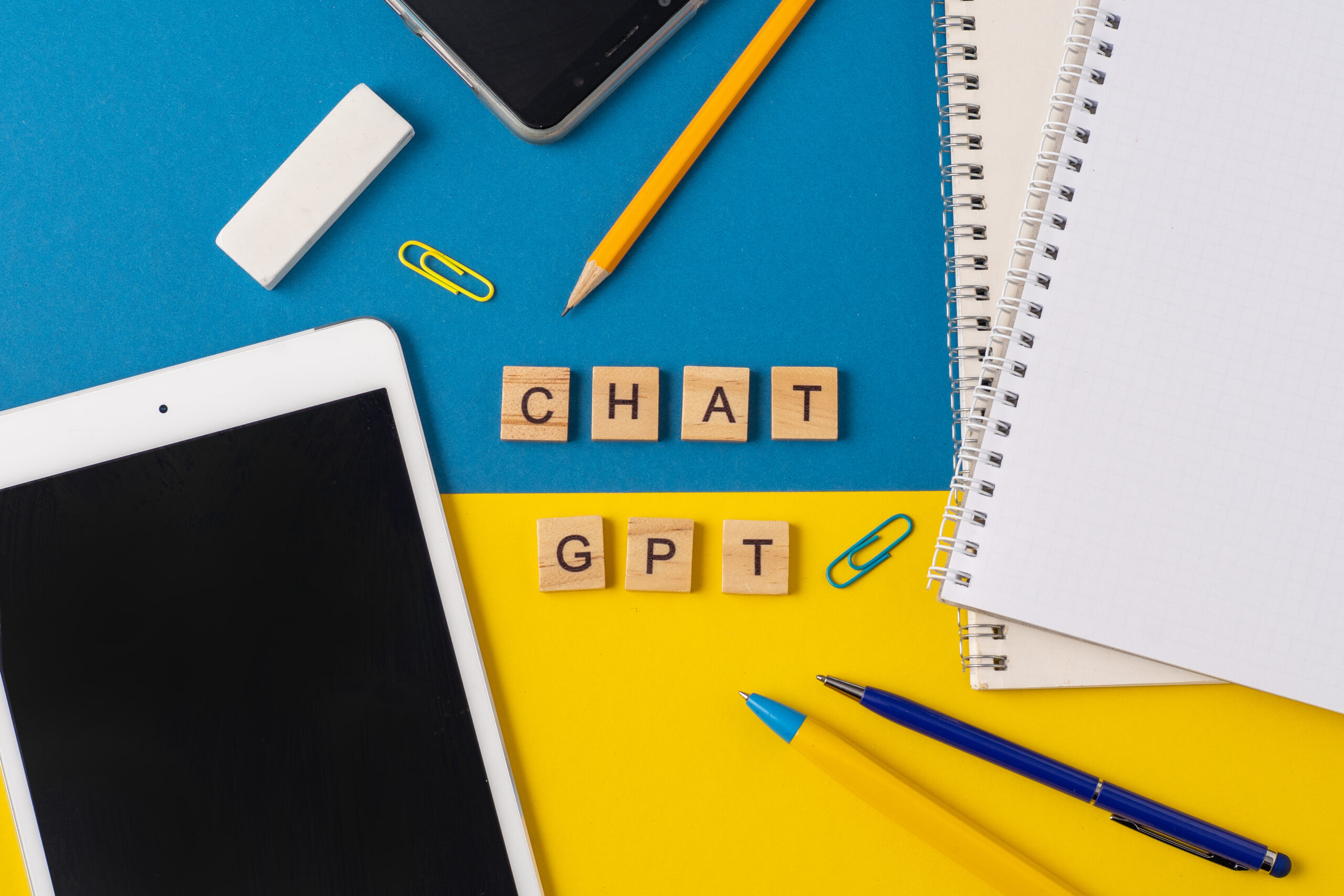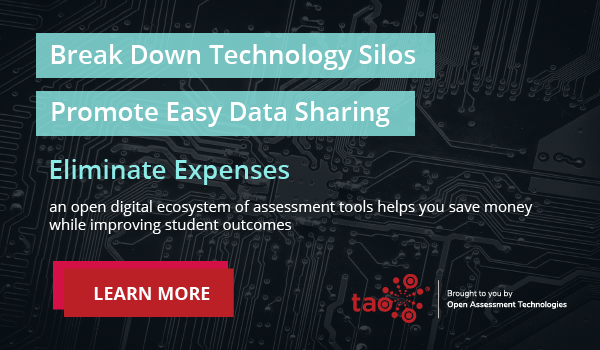ChatGPT is the newest buzzword in the education world (maybe the whole world), and with the introduction of this new tool, a fear of students cheating has been on many educators’ minds. Like any new tool, ChatGPT can be used to help or hinder student learning, depending on how it is used. The big fear for teachers is that once seemingly invincible assessments of learning, like the essay, have been reduced to a task that can be completed without the student doing any work.
As ChatGPT continues to grow, and if it remains free to use, it is going to continue to be on the top of mind for teachers. For educators, it is important to understand exactly what ChatGPT is, and what are its capabilities and limitations. In doing this, we can be prepared to use this new technology to benefit students and improve our efficiency, rather than simply worrying about students using it to cheat.
What is ChatGPT and how can it be used in education?
ChatGPT is a powerful artificial intelligence tool that is designed to mimic human conversation through natural language processing. It is a language model trained by OpenAI that is capable of processing large amounts of text data and generating responses to individual questions. One of the things that makes Chat GPT unique at the moment is its ability to remember previous conversations and adapt answers based on prior answers or questions. It is very human-like in its replies to questions and it can generate large pieces of textual information in a short amount of time.
The implications for using ChatGPT for assessment and in education are enormous. From bolstering home learning and developing new content altogether to grading and personalizing learning, artificial intelligence platforms like ChatGPT can provide students and teachers with a new tool to boost efficiency and learn in new ways.
Perhaps most exciting for teachers, ChatGPT has the potential to automate tasks and even develop curricula on demand, which could be a major time saver. As with any new technology, AI in education comes with a learning curve and there could be issues that are caused by the AI itself. For educators one of the biggest issues and areas of concern is cheating.
How could AI impact cheating on writing-based assessments?
For most teachers, the thought of an AI program that can write with human-like quality at high speed is a nightmare. Systems like ChatGPT do make it easier for students to generate content like essays, paragraphs, or even creative works, like poems or songs in less than 30 seconds. Initially, this could cause an increase in cheating, the fear of this is so great that New York Public School District banned the app altogether. The concern is that as ChatGPT continues to learn and get better at mimicking human language, it may be difficult to accurately assess students without some form of AI detection in place, which ironically, could be AI as well.
While much of this fear around AI is well deserved, there are a few things that teachers can do today to limit cheating or plagiarism from apps like ChatGPT, including:
- Assessment for learning – providing students with assessments designed to act as learning gauges throughout the learning process can help a teacher to see what the student can do and can compartmentalize the work and make the learning more visible. Assessment for learning also lowers the stakes and the need to use ChatGPT because the student knows they have more growth opportunities.
- Subjective assessments – providing students assessments that have no single correct answer makes it harder to use AI to cheat, when paired with assessments for learning, subjective assessments become a great way to make cheating more difficult.
- Performance-based assessment – having students demonstrate learning in the physical world nullifies the impact of ChatGPT, even if students are using it to help brainstorm or to get started, in the end, their work is their own.
- Do writing in class – For writing-based assessments, it may be necessary to un-flip the classroom and have writing be done under the supervision of a teacher while the research and learning may take place independently.
Public opinion on AI
The initial public opinion of AI is skeptical. Within schools many are fearful that AI in education will lead to an increase in cheating, however, these concerns are not anything new. Teachers and society, in general, have had a fear of new technology for years, the graphing calculator, spell check, and search engines were all met with panic and many thought that these would lead to rampant cheating in schools. The opposite became true, these all became tools for the teachers to improve learning and the overall classroom experience.
As the fear that permeated educators when ChatGPT went live begins to wear off, some of the benefits to teachers come to the surface. Teachers can use ChatGPT for assessment in many ways to benefit students and automate and personalize learning. One major complaint that teachers may have is around finding text that is at their student’s level. But, with artificial intelligence, a teacher could input that text and ask that it be rewritten at a lower level. Rather than searching high and low, the teacher can simply use AI tools to do the heavy lifting, giving them more freedom to do tasks that are most impactful for students.


